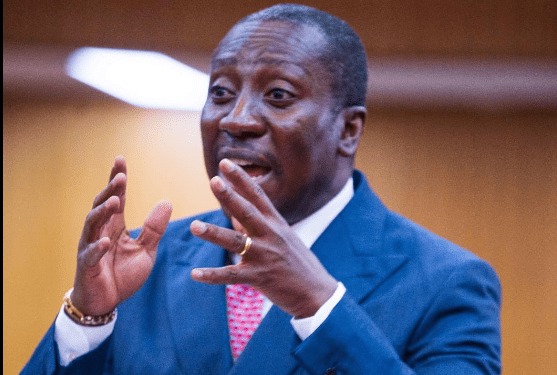As Ghanaian subscribers increasingly demand high-speed connectivity and broader access to telecom services, the government’s strategic move to adopt the 5G network with an improved last-mile wireless communication framework opens a vital window of opportunity for the country’s digital future.
In November last year, Ghana officially launched its 5G initiative, taking a bold and innovative step by introducing a neutral shared infrastructure model. This involved the establishment of a specialized entity responsible for building and managing a common 5G platform that all Mobile Network Operators (MNOs) can access.
This model is to reduce the infrastructure duplication and operational costs. Therefore, instead of seeing individual MNO setting up their own 5G Infrastructure, the Next-Gen InfraCo (NGIC) would provide a common platform where the MNos can install their various smart antennas for accelerated transmission of signals.
This model would not only accelerate nationwide coverage but also ensures that the benefits of 5G such as ultra-fast speeds, low latency, and reliable connections can be extended to more citizens, including those in underserved and rural areas.
The human’s need to communicate has always driven innovation. From the days of the Stone Age, when drums, smoke signals, and shouting were the primary tools for sending messages, to today’s era of instant and seamless mobile communication, innovation in communications keeps making life better.
What began as basic efforts to share information eventually marked the dawn of First Generation (1G) telephony in the 1980s. It was an analogue voice communication over mobile networks. This was followed by the arrival of the Second Generation ( 2G) in the 1990s. 2G introduced digital wireless communication, which allowed text messaging (SMS) and improved voice clarity.
With each passing decade, technology advanced and became more sophisticated, ushering in 3G in the 2000s with internet access and multimedia services, and 4G in the 2010s, which brought high-speed data and video streaming capabilities.
Now, in the 2020s, we stand on the edge of the 5G era, a leap that promises ultra-fast speeds, near-zero delay in connectivity, and the ability to connect billions of devices seamlessly.
As at December, 2023, Mobile Voice and Data Subscriptions stood at 33,384,009, and 23,207,628 respectively in Ghana according to the National Communications Authority.
With just a handset connected to a 5G network, people can interact across continents, conduct business transactions in real time, access virtual classrooms, and receive medical consultations, all in faster, smarter and more integrated ways than ever before.
Now let us get a bit technical to appreciate the technology advancement we have enjoyed over the decades and the betters ahead.
Let us consider the frequency spectrum as nature’s invisible platform that enables communication through sight and hearing. The Spectrum has a wide range from about 20Hz detectable by human ears to about an upper usable limit of 100 EHz.
The sunlight that marks the dawn of a new day is visible from frequencies 430Hz to enable you to see. It applies to light bulbs in your rooms, the microwave ovens in your kitchens, X-ray images you pick from hospitals and the gamma rays used in nuclear activities. All these are made possible with the electromagnetic waves classified as a spectrum of frequencies.
While the safe or the non-polarised sections on the frequency spectrum help in wireless communications, the unsafe or polarised sections, like the x-rays and gamma, can be harmful if not properly used or shielded. The non-polarised sections are considered safe.
In wireless communications, radio waves, microwaves, millimetre waves, infrared waves, visible waves (Sunlight), and ultraviolet waves fall within the safe pathways humans communicate wirelessly, and they pose no health risks to users.
In Telecommunication, Frequency refers to the number of wave cycles that pass a point. While Wavelength is the distance between two successive points on a wave.
There is an interesting scientific relationship between a frequency of a wave and the length of a wave. Imagine a pipe with water gushing out. When the pipe’s opening is wide, the water comes out at a shorter range. However, when the pipe’s opening is narrow, the water shoots out farther.
This is how frequency and wavelength operate. It explains why FM radio, which operates at lower frequencies, can transmit over long distances and manoeuvre around obstacles such as buildings, mountains, and trees, while a frequency that transmits 5G Data cannot.
With a single tall antenna at a broadcast station, Radio Listeners can enjoy their favorite radio channels across wide areas because of this scientific principle.
The 5G communication operates at much more higher frequencies in the millimetre waves, carrying larger data and carrying signals over shorter distances. This means, for 5G to cover more areas, it would need more antennas.
5G cannot easily manoeuvre obstacles like mountains, tall buildings, trees and other physical barricades. To solve this would mean introducing more Base stations and lower-power transmitters with antennas to serve every corner of the country.
This is what we should expect with the introduction of 5G. When these antennas start springing up, public concerns about the safety of such Masts and Antennas would be on the rise. This would need more education to allay the fears of consumers.
All communication deployments are expected to comply with international safety standards set by the World Health Organisation (WHO) and the International Commission on Non-Ionising Radiation Protection (ICNIRP).
It is very important to know that there has not been any scientific evidence to validate the perception that emissions from the non-ionised frequencies have a health effect on humans.
Here in Ghana, the National Communications Authority and the Ghana Radiation Protection Institute (GRPI) have conducted various research to confirm the safety of these devices in our locality.
What, however, needs to be assured is the structural integrity of the Masts and Antennas.
We expect the Metropolitan Municipal and District Assemblies working closely with the Environmental Protection Agency to ensure that these structures meet the highest safety standards. This includes proper site selection, adherence to building codes, and routine inspections to prevent potential disasters such as collapses, break-offs, or wind-induced failures, especially during heavy storms.
The new evolution of network technology comes with very exciting possibilities. Government has given assurances that by June this year, there would be a full roll out.
With 5G we are able to make high quality video calls with our phones without necessarily the use of third-party applications like WhatsApp, Snapchat among others. Your gaming experience would go notches higher. E-health services are provided to you in real time with a more interactive Doctor to Patient consultation. It is expected to bring advanced technology into all sectors of the economy.
Welcome to the Fifth Generation with safe Infrastructure!
[email protected]








![[LISTEN] Budding rapper V12 Origenator unleashes new banger ‘TONGA’ [LISTEN] Budding rapper V12 Origenator unleashes new banger ‘TONGA’](https://www.ghanamma.com/wp-content/uploads/2025/06/Screenshot-2025-06-04-194627-768x431.png)




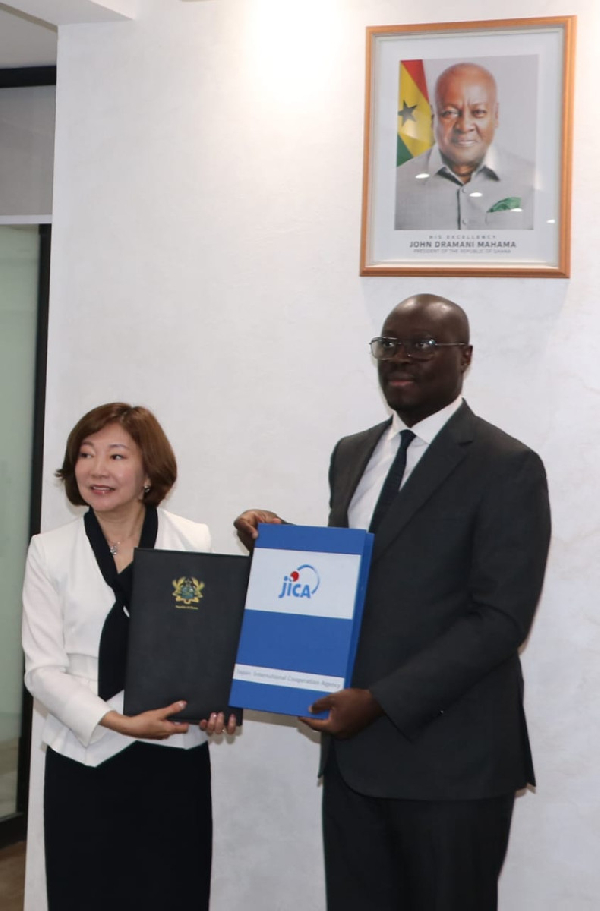
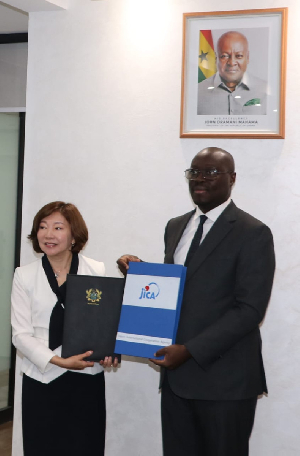


![GH¢1 fuel levy difficult, but necessary – Mahama [Video] GH¢1 fuel levy difficult, but necessary – Mahama [Video]](https://www.ghanamma.com/wp-content/uploads/2025/06/67fce1ab90d76bdfae7c75338466b5ee.jpeg)
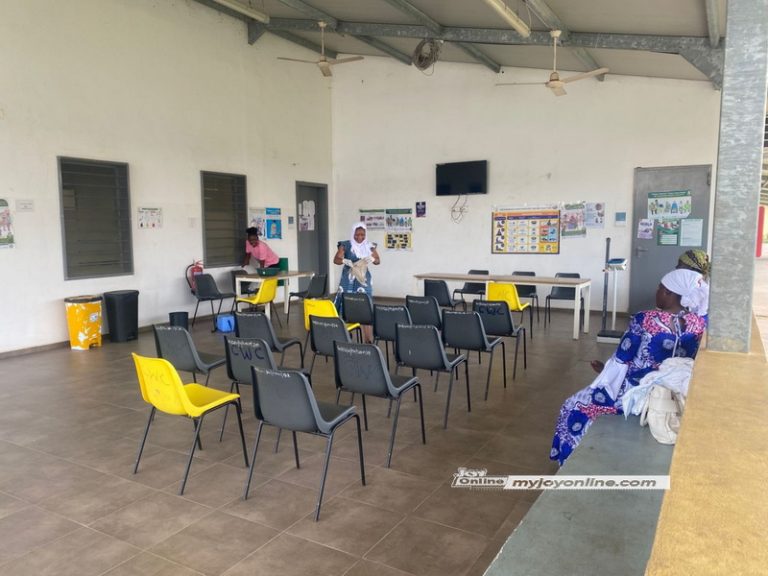








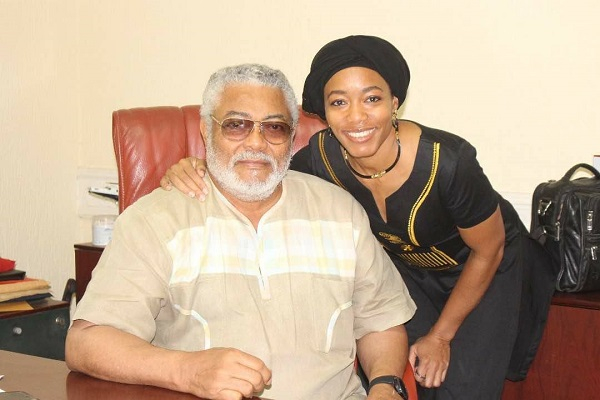
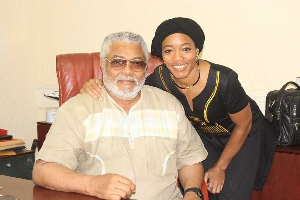














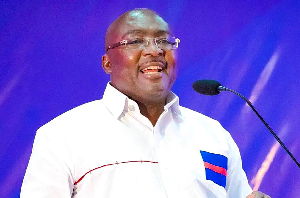











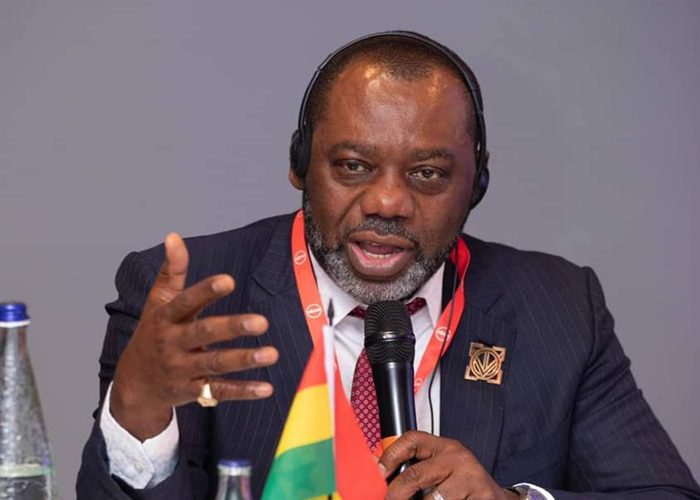



 …..
…..







